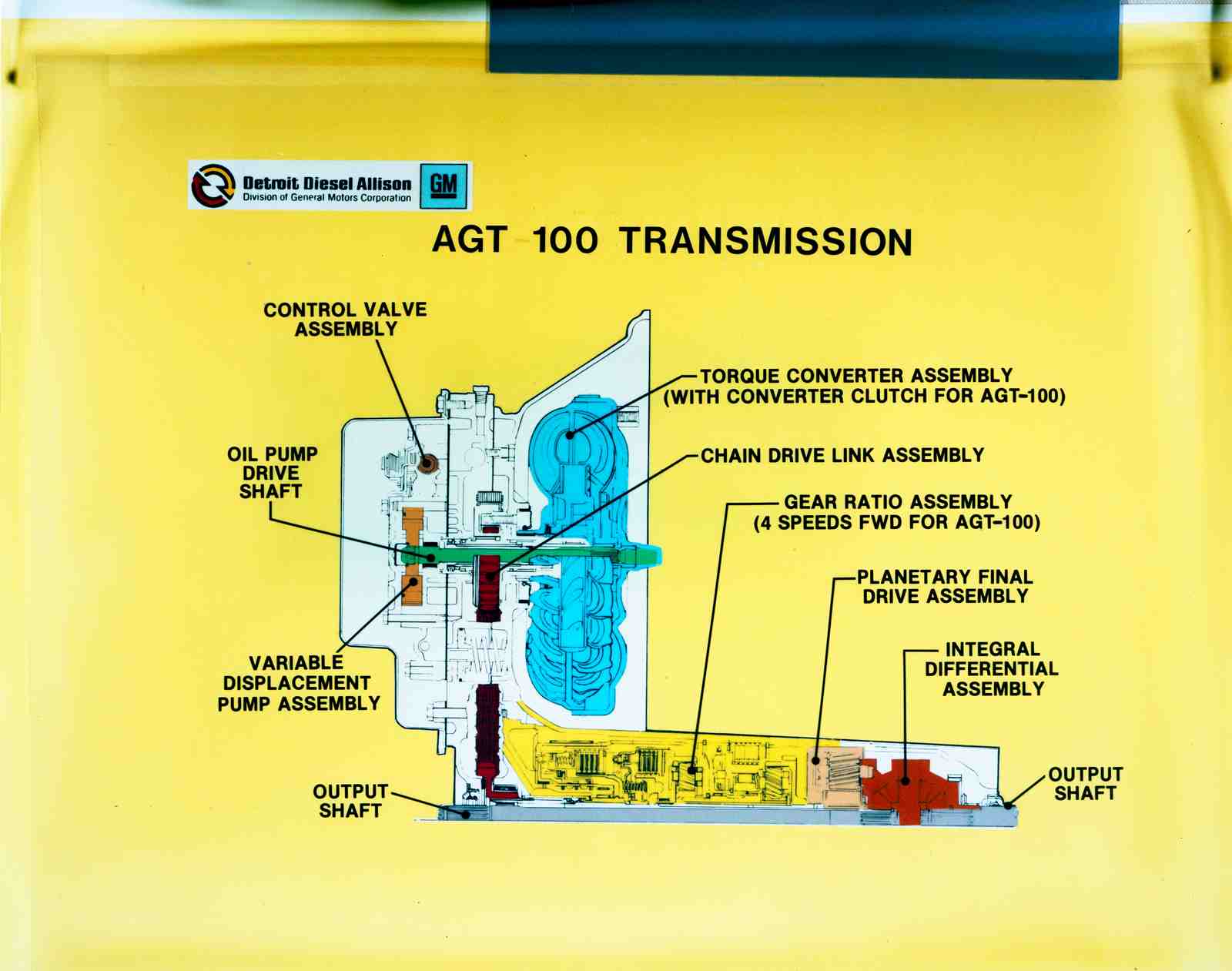What is a valve?
A valve is a manual tool that regulates the pressure and fluid flow inside a system or process. Any one of the following components is carried out by a valve to regulate fluid pressure and flow in a system or process.
- Reversing the flow of fluid
- Modifying (throttling) the rate of flow
- Modulating fluid flow direction
- Relieving component or pipe overpressure
- Controlling downstream system or process pressure
Relieving components or pipe overpressure numerous valve types and designs can fulfill any or all of the purposes mentioned earlier.
Basic control valves parts
- The body
- Hood
- Trim (internal elements)
- Actuators
- Packing is the core components of all valves, regardless of type.
Main valve elements
Body of valve
The major pressure barrier of a valve is the body, often known as the shell. It acts as the main component of a valve plate since it provides the framework for everything to be held together.
A valve’s body, which serves as its first pressure boundary, can withstand pressure difference loads from connected pipework. It is connected to the intake and outlet pipework through threading, bolted, or welded connectors.
Different forms are created by casting or forging valve bodies. The most cost-effective shape to withstand hydrostatic flow when a valve is open would theoretically be a sphere or a cylinder. Still, there are numerous other factors to take into account.
For instance, the seat entrance, which serves as the throttling orifice in many valves, must be supported by a partition cross the valve body. It is challenging to gauge body loading with the valve closed. The valve end connections distort loads on less complex forms, including a simple sphere.
Costs, ease of assembly, and ease of manufacture are further crucial factors. Instead, it varies from simple block designs to more complex configurations in which the bonnet, a portion that may be removed to facilitate installation, is a component of the pneumatic body.
Another typical technique for decreasing a valve’s total size and expense restricting the fluid channel (venturi effect). In some cases, the valve is given large ends to allow for connecting to a long line.
Vessel Cover
The bonnet serves as a cover for the valve body’s opening. In certain designs, the body is divided into two pieces and fastened with bolts. Bonnet designs vary, much as valve bodies do. While some bonnets serve only as valve coverings, others hold up the stem, disc, and other valve parts, including the actuator.
Working of bonnet
The bonnet is a valve’s secondary primary pressure boundary. A pressure boundary is always believed to be where the bonnet connects to the body. This implies that the bolts or weld joint that secures the head to the body can hold pressure.
Despite being a requirement for most valves, valve bonnets are a reason for concern. A source of potential leakage, bonnets can make valve manufacturing more difficult, expand valve size, and account for a sizable amount of the cost of a valve.
Valving trim
The term “trim” refers to the valve’s interior components. A disc, seat, stem, & sleeves required to control the stem are frequently included in the trim. The interface between the disc and seat and the relationship between the disc position and the seat affect a valve’s performance.
Basic motions & flow control are made possible by the trim. The disc closely slides past the seat in rotary movement trim designs, resulting in a shift in flow opening.
Seat and Disk
The disc offers the flexibility to allow and disallow fluid passage. If the output side is depressurized while the disc is closed, the whole system pressure is delivered across the disc. The arrangement of the discs on most valves influences their names in some way.
The disk’s seating surface is provided by the seating or seal rings. Seal rings are not utilized in some designs because the body is machined as the seating area. In other designs, the sitting surface is created by threading or welding forged seal circles to the body.
Read More: Construction 4.0 Market – By Solution, Technology, Application, End User and Geography
Stem
The stem, which joins the actuator and disc, is in charge of holding the disc in place. Typically, stems are forged, with screwed or welded joints holding them to the disc. The fine surface quality of the stem near the seal is required for valve designs that need stem packed or sealing to avoid leakage. A stem is typically not regarded as a pressure barrier part.
The disk’s stem connection may provide rocking or rotating to facilitate the disk’s placement on the seat. Alternatively, the stem might be sufficiently flexible to allow the disc to align with the seat. However, an elastic or loosely linked disc can become damaged if it is rotated or flung about often.
The Actuator on a valve
A manual hand wheel, manual lever, motorized operator, electrical operator, compressor operator, or hydrostatic ram are all actuators. The bonnet may support the actuator in some systems.
Actuators are not inside the pressure barrier, except for a few hydraulically operated valves.
Yokes are never inside the pressure barrier when they are in operation.
A valve’s packing
Packing is typically a fibrous substance (like flax) or another substance (like Teflon) that creates a seal between a valve’s interior components and the surface where the stems extend into the body.
The packing around the valve must be correctly compressed to stop fluid loss and harm to the valve stem. A valve will leak if its packing is too flimsy, which is dangerous. If the packaging is overly tight, the movement will be hampered, and the stem may even be harmed.
How do control valves work?
Control valves are the component in a system or process that regulates flow and pressure. These mechanical tools regulate fluids, gases, vapors, slurries, and other substances. There are some directional movement valves, but automatic switching valves are also accessible when the setup and surrounding conditions are right for such equipment.
Frequently Asked Questions
Apart from this if you are interested to know more about How Accurate are low Pressure Electronic Regulators in Performance? then visit our TECH category.














